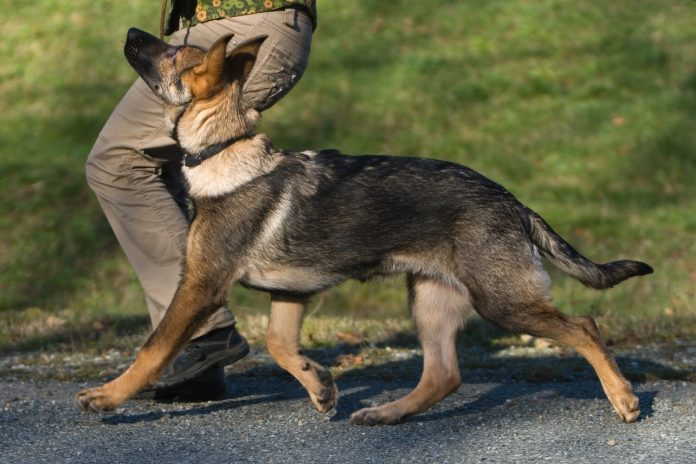Dog training often involves the use of treats and rewards as powerful motivators to reinforce positive behaviors. When utilized effectively, treats can be valuable tools in shaping your dog’s behavior and strengthening the bond between you and your furry friend. In this article, we’ll explore the principles of using treats and rewards in dog training, offer tips for effectiveness, and introduce the role of technology with a focus on the Dog Training App for iOS.
Understanding the Power of Treats in Dog Training:
1. Positive Reinforcement:
- Treats serve as positive reinforcement, signaling to your dog that they have performed the desired behavior.
- This creates a positive association and increases the likelihood of the behavior being repeated.
2. Motivation and Engagement:
- Treats are powerful motivators that capture your dog’s attention and engagement during training sessions.
- They can make learning more enjoyable for your dog, leading to quicker progress.
3. Building Trust and Bond:
- Using treats in training helps build trust and strengthen the bond between you and your dog.
- It establishes a positive connection between training activities and rewarding experiences.
Tips for Using Treats Effectively:
1. Choose High-Value Treats:
- Use treats that are particularly enticing for your dog.
- High-value treats can be more effective, especially in challenging or distracting environments.
2. Timing is Crucial:
- Deliver treats promptly to associate them directly with the desired behavior.
- Timing reinforces the connection between the action and the reward.
3. Gradual Decrease of Treats:
- Initially, use treats consistently for new behaviors, then gradually decrease their frequency as the behavior becomes more established.
- This prevents over-reliance on treats in the long term.
4. Mix Up Treat Types:
- Use a variety of treats to keep your dog interested.
- This prevents boredom and ensures that the treats remain a motivating factor.
5. Monitor Treat Intake:
- Consider the nutritional content of treats and factor them into your dog’s overall diet.
- Adjust meal portions accordingly to maintain a balanced diet.
The Role of Technology: Dog Training App for iOS
Enhance your understanding of treat-based training techniques with the Dog Training App for iOS. This app often includes modules on effective treat usage, video tutorials, and expert advice. Accessing the app provides additional insights and resources to optimize your treat-based training sessions.
Treat-Based Training: A Personalized Approach
1. Identify Your Dog’s Preferences:
- Observe which treats your dog responds to most enthusiastically.
- Tailor your treat choices to your dog’s preferences for maximum motivation.
2. Calibrate Treat Size:
- Adjust treat sizes based on the complexity of the task.
- Small treats for simple commands and larger treats for more challenging behaviors.
3. Consistency in Rewarding:
- Be consistent in rewarding desired behaviors.
- This clarity helps your dog understand what actions lead to positive outcomes.
4. Integrate Verbal Praise:
- Combine treats with verbal praise to diversify your reinforcement.
- Verbal cues become associated with positive outcomes.
Conclusion:
Using treats and rewards effectively in dog training is a dynamic and rewarding process. When employed with thoughtfulness and consistency, treats become powerful tools for shaping behaviors and fostering a positive training experience. Explore the Dog Training App for iOS to enhance your treat-based training sessions with expert guidance and valuable resources. Remember, the key lies in striking a balance, using treats as motivators while ensuring a well-rounded and healthy approach to your dog’s overall well-being.
